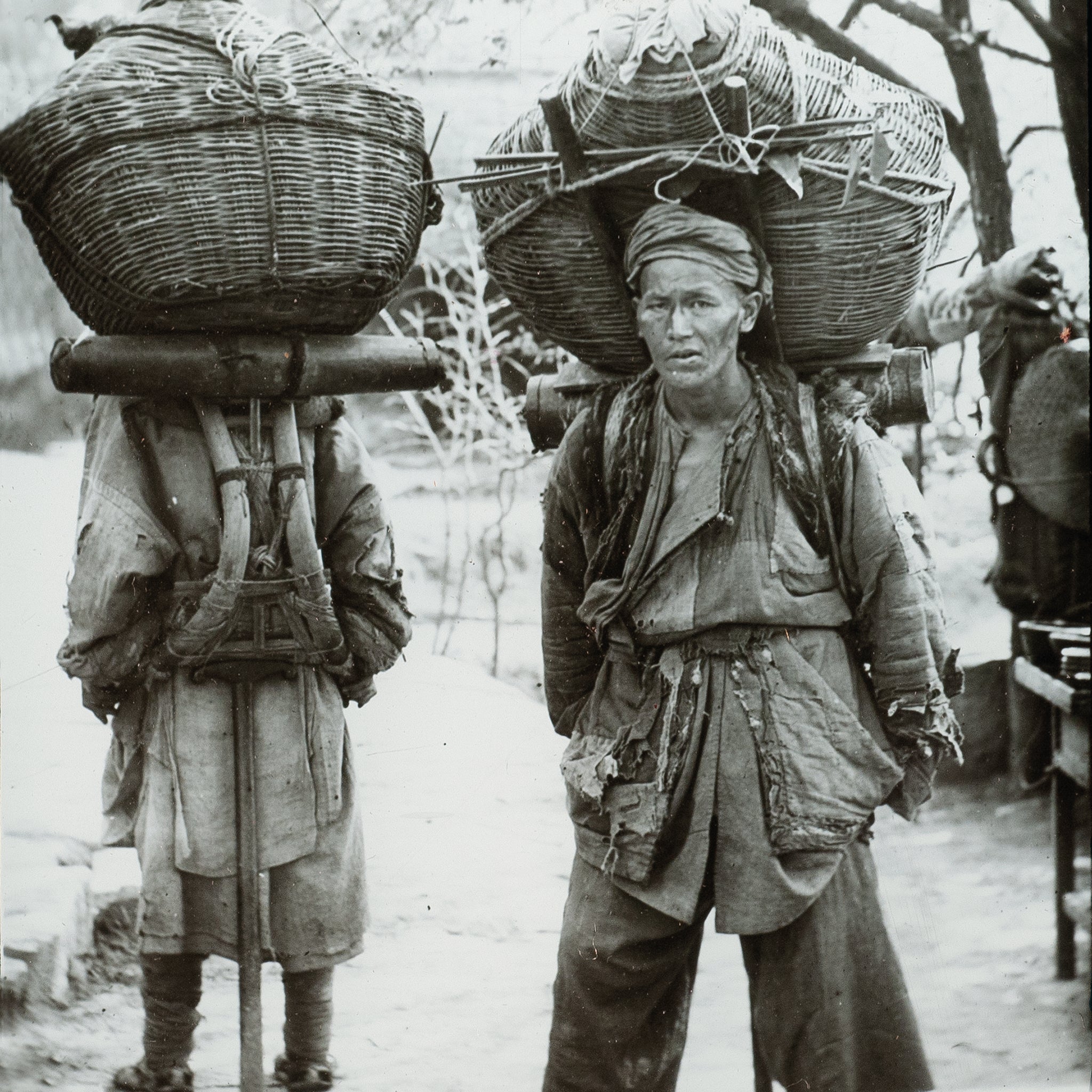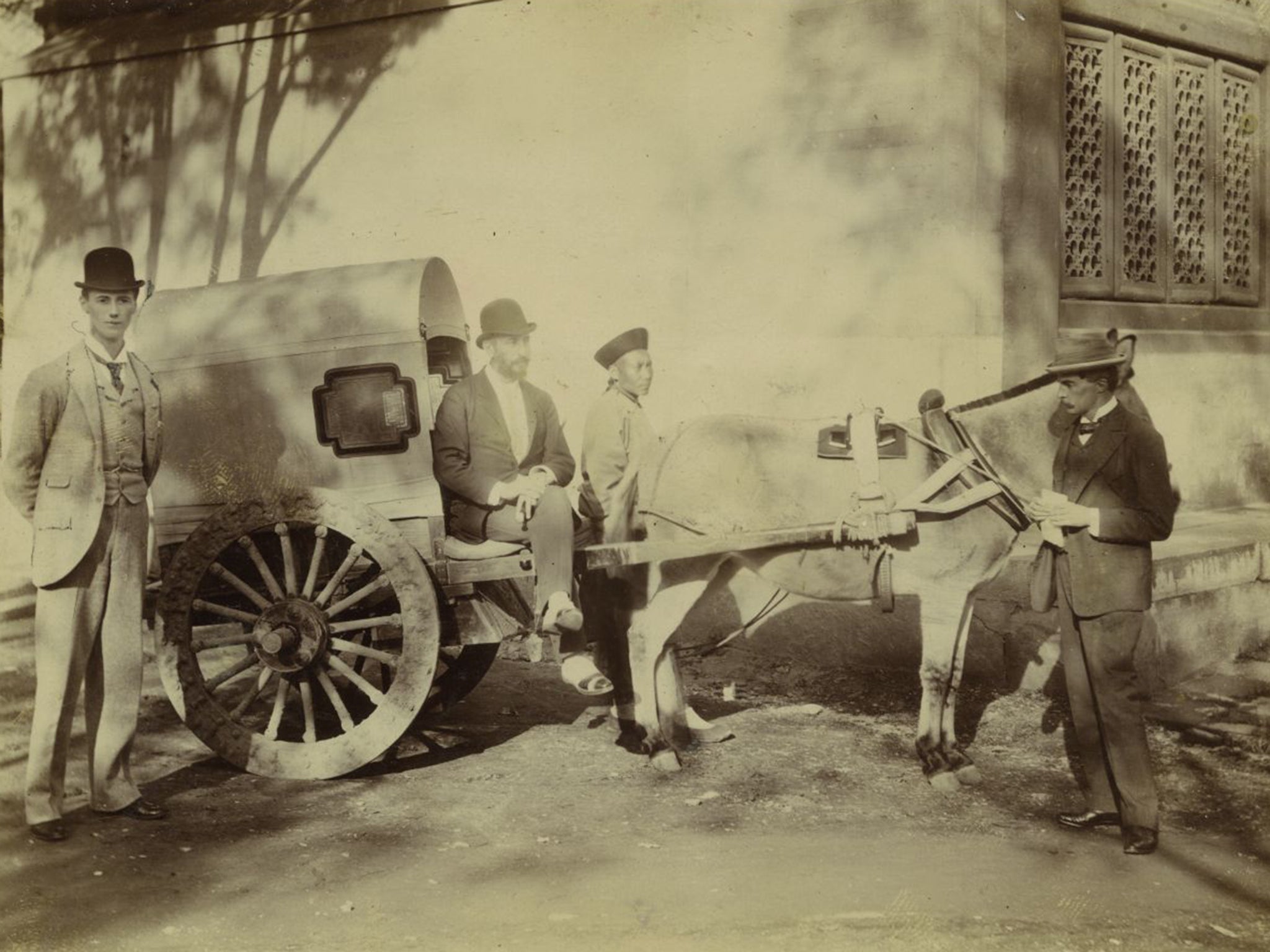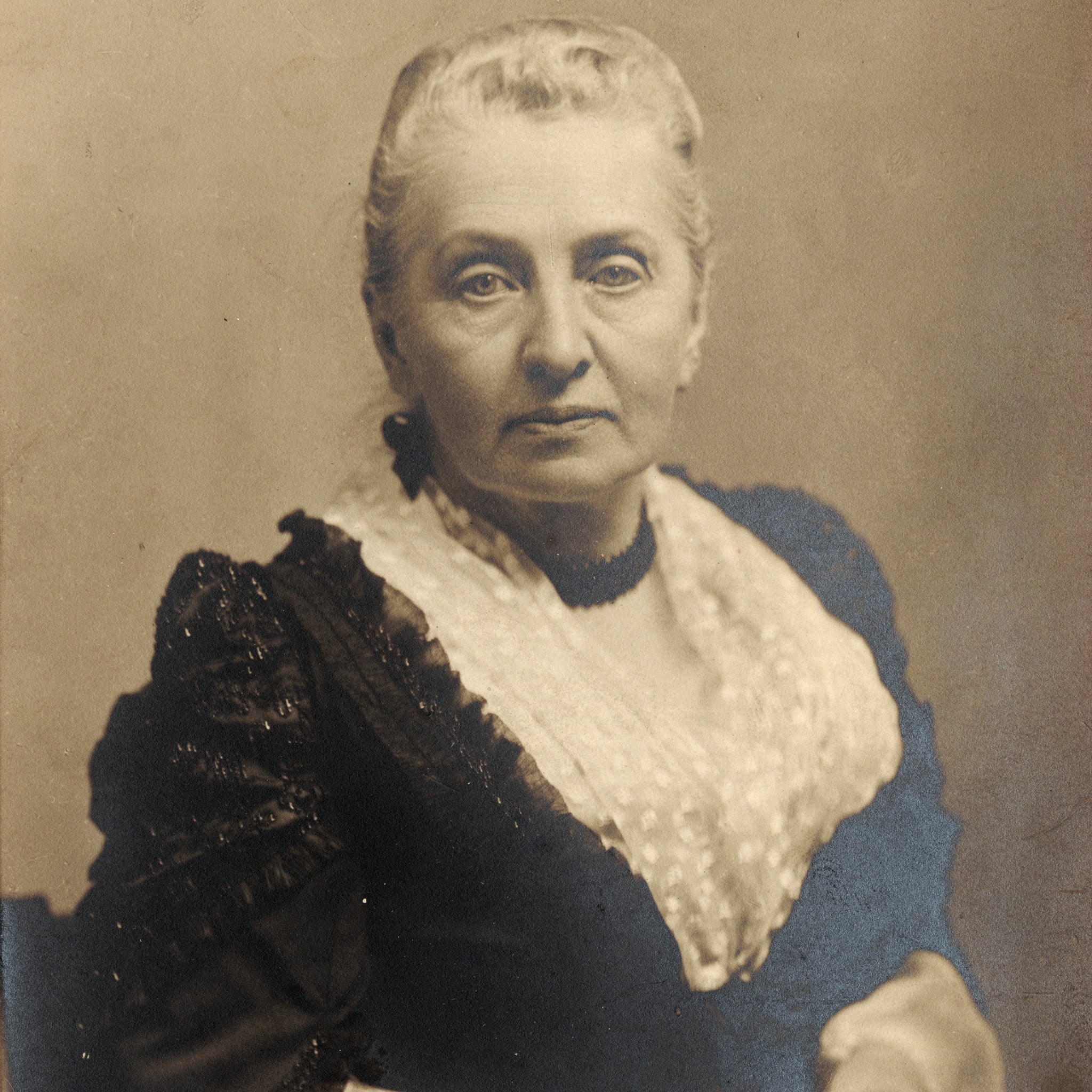Isabella Bird: Tales of a pioneering adventuress in 19th century China
Victorian explorer and writer Isabella Bird travelled from Scotland to Australia and Hawaii. In an exclusive extract from a new book, Deborah Ireland follows her expedition to China

Your support helps us to tell the story
From reproductive rights to climate change to Big Tech, The Independent is on the ground when the story is developing. Whether it's investigating the financials of Elon Musk's pro-Trump PAC or producing our latest documentary, 'The A Word', which shines a light on the American women fighting for reproductive rights, we know how important it is to parse out the facts from the messaging.
At such a critical moment in US history, we need reporters on the ground. Your donation allows us to keep sending journalists to speak to both sides of the story.
The Independent is trusted by Americans across the entire political spectrum. And unlike many other quality news outlets, we choose not to lock Americans out of our reporting and analysis with paywalls. We believe quality journalism should be available to everyone, paid for by those who can afford it.
Your support makes all the difference.Isabella Bird’s journeys in China were the first that she made where creating a photographic record of a place was her prime aim. Her photographs show China on the cusp of change and under pressure from foreign influence. After arriving unprepared in 1894, she returned frequently over a three-year period, fascinated by the order and way of life in China, its culture and its people. It was only when she returned home that pressure from friends prompted her to write about her experiences. The resulting book was The Yangtze Valley and Beyond, which was published by John Murray in 1899.
In the history of photography, it is unusual to have such a detailed record of the working practices of a travel photographer active at this time, often improvising in the most difficult of circumstances.
The book that brought her fame and fortune was The Hawaiian Archipelago: Six Months Among the Palm Groves, Coral Reefs and Volcanoes of the Sandwich Islands, published in 1875. More than just an adventure story, it was packed with interesting information, presented in an easy-to-read form. Her books were engaging, accessible, and entertaining, and she opened up a world of travel to the armchair explorer.
The adventuress who travelled and rode in all weathers, exploring remote and dangerous regions, was writing about a life in sharp contrast to the one envisaged for her. Isabella had been born in 1831, into a relatively wealthy, religious family. During her younger life, her father, the Rev Edward Bird, moved progressively to parishes with smaller stipends, his dwindling income being subsidised by inherited money. In 1848, the family moved to Wyton, Huntingdon, where they lived in reasonable comfort. There was enough income to fund her travel to America in 1854, aged 23, for her health and to mend a broken heart.
Isabella’s life changed abruptly two years later, in 1858, when her father died of influenza, forcing the family to quit the rectory. Mother and both daughters eventually settled into a flat in Castle Terrace, Edinburgh.

After her initial success with The Englishwoman in America, Isabella wrote mainly on religious subjects. At this time, she was dogged by depression and poor health. In 1872, her doctors suggested the climate of Australia. Unfortunately the journey was grim. Isabella was ill, felt homesick and lonely, and hated the heat. However, it was on her return journey that she stopped in Hawaii and her fortunes changed forever. From then on, she concentrated on writing travel narratives, her books were never out of print and she received an annual income from John Murray Publishers for the rest of her life.
As a respected international traveller, her views were sought by prime ministers, ambassadors and the newspapers of the day. By the time she took up photography, her international reputation was firmly established.
Isabella’s uniqueness as a traveller was recognised by George Curzon, Royal Geographical Society Council member, in his letter to The Times of 30 May 1893, in reaction to a debate about women Fellows at the Royal Geographical Society. She was in the first group of 15 women to be made Fellows (by 1892, she had married and been widowed, so is mentioned as Mrs Bishop):
“We contest in toto the general capability of women to contribute to scientific geographical knowledge. Their sex and training render them equally unfitted for exploration: and the general professional female globe-trotters with which America has lately familiarised us is one of the horrors of the latter end of the 19th century.

“In our teeth are thrown the names of one or two distinguished ladies, such as Mrs Bishop, whose additions to geographical knowledge have been valuable and serious. But in the whole of England these ladies can be counted on the fingers of one hand: and in the entire range of modern geography I question if history will preserve the names of half that number.”
Curzon changed his mind 20 years later.
At the beginning of the 1890s, China was vulnerable to foreign powers who wished to expand into and exploit its markets and territories. The country’s reluctance to adopt Western ideas was in sharp contrast to Japan, which had undergone great change and was looking for opportunities to extend its influence.
Known as the Hermit Kingdom because of its closed policy to outsiders, Korea had relied for centuries on China to defend its borders, but this changed in 1884 when a convention between Japan and China reduced Korea to a virtual co-protectorate of the two countries. It would become the battleground for future tensions in the area.
Setting off from Liverpool on 11 January, 1894, Isabella Bird was unaware that she was heading straight into a war zone, or that she would spend the next three years absorbed by travel in China, Japan and Korea. She would spend those years in the Far East with her camera developing a deep fascination for China.
The Yangtze Valley and Beyond is quite different in tone and style to her earlier publications. Her admiration for the country and its people shines through. One reviewer of the book described it as “one of the most thoroughly documented accounts of late 19th- century China ever written”. Not bad for an account of a journey “undertaken for recreation and interest solely” or “but to satisfy her curiosity and love of travel.”
This is an edited extract from Isabella Bird: a Photographic Journal of Travels Through China 1894-1896 by Deborah Ireland, published by Ammonite Press and the Royal Geographical Society (with IBG) later this month, £25 (ammonitepress.com).
Join our commenting forum
Join thought-provoking conversations, follow other Independent readers and see their replies
Comments